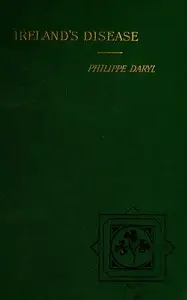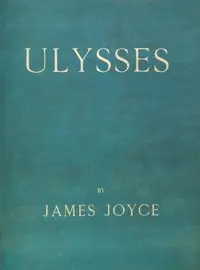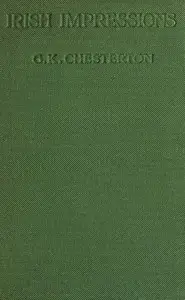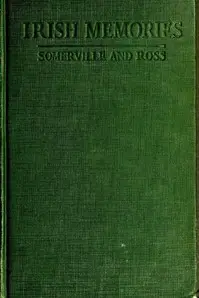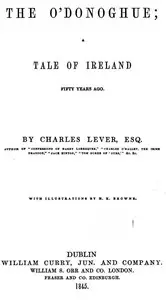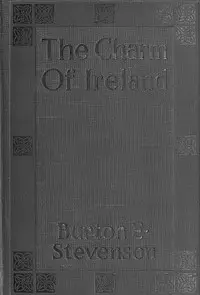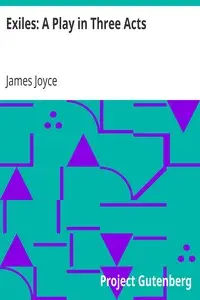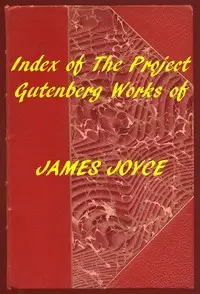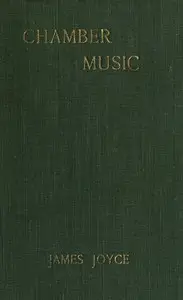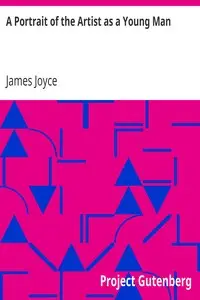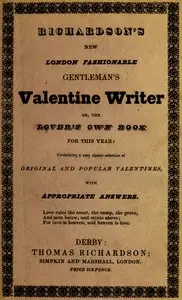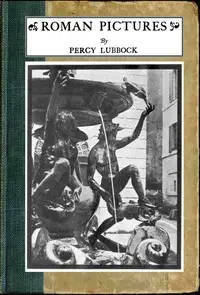"Dubliners" by James Joyce is a series of short stories sharing slices of life from Dublin residents in the late 1800s. The stories give a close, sometimes harsh, account of people dealing with feeling stuck, finding who they are, and trying to make sense of the world. The first story, "The Sisters," shows a boy dealing with the recent death of Father Flynn, a priest who played a big role in his life, but not always in a positive way. The boy has mixed feelings about the priest's death, remembering confusing moments they shared. Visits with relatives and friends of the family bring up different opinions about Father Flynn's life and the kind of person he was. Joyce uses strong images and delicate emotions to explore ideas about death, regret, and the search for comprehension. The reader is left with a feeling of problems to come that appear frequently throughout the collection.
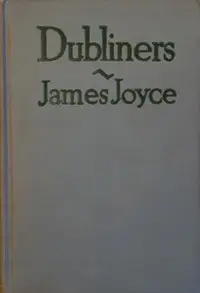
Dubliners
By James Joyce
In a city filled with ordinary people, they grapple with tough decisions that will make you think.
Summary
About the AuthorJames Augustine Aloysius Joyce was an Irish novelist, poet and literary critic. He contributed to the modernist avant-garde movement and is regarded as one of the most influential and important writers of the 20th century. Joyce's novel Ulysses (1922) is a landmark in which the episodes of Homer's Odyssey are paralleled in a variety of literary styles, particularly stream of consciousness. Other well-known works are the short-story collection Dubliners (1914), and the novels A Portrait of the Artist as a Young Man (1916) and Finnegans Wake (1939). His other writings include three books of poetry, a play, letters, and occasional journalism.
James Augustine Aloysius Joyce was an Irish novelist, poet and literary critic. He contributed to the modernist avant-garde movement and is regarded as one of the most influential and important writers of the 20th century. Joyce's novel Ulysses (1922) is a landmark in which the episodes of Homer's Odyssey are paralleled in a variety of literary styles, particularly stream of consciousness. Other well-known works are the short-story collection Dubliners (1914), and the novels A Portrait of the Artist as a Young Man (1916) and Finnegans Wake (1939). His other writings include three books of poetry, a play, letters, and occasional journalism.

